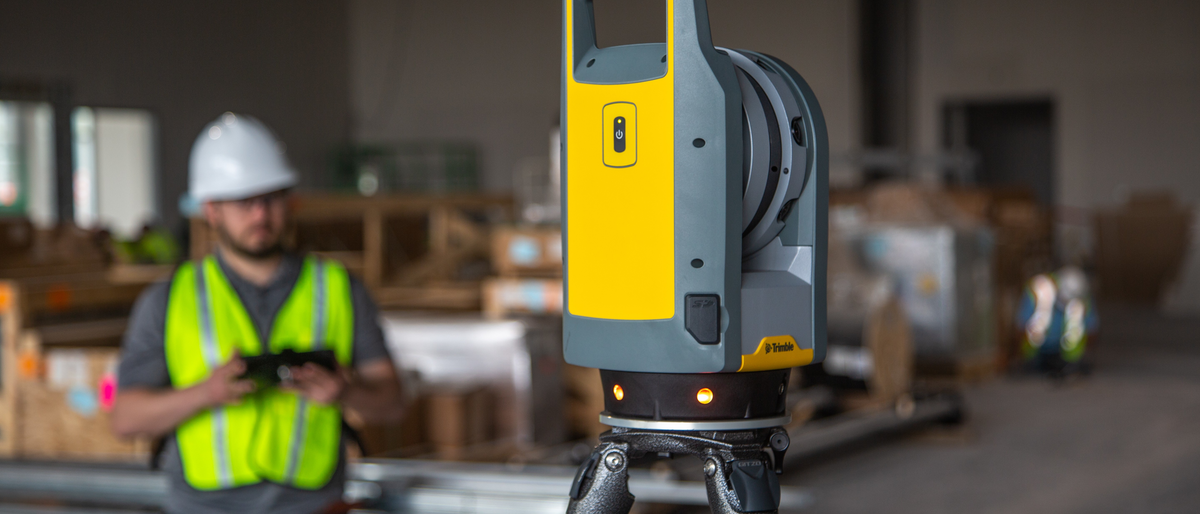
Laser scanning has become an invaluable asset on project sites for multiple reasons, from quality and efficiency gains to improved communication and more.
Reduces manual labor: Manual labor is often time-consuming and error-prone; scanning allows for higher accuracy while eliminating multiple trips out to site for verification of plans.
Laser scanning provides accurate 3D representations of physical spaces for many purposes, such as documenting as-built conditions or engineering analysis, identifying design flaws or renovating renovation plans; it may even help reduce errors and save time when used on projects.
Communicating more efficiently with stakeholders requires efficient communication strategies that allow complex site information to be relayed clearly and concisely - something which digital models excel at doing. They may be especially beneficial to those without sufficient technical knowledge to interpret traditional construction drawings.
Laser scanning technology has quickly become an essential element of construction projects, yet its use must be handled carefully to be effective and avoid errors. Furthermore, there may be several misconceptions about it which must be clarified prior to use in a project in order for your team to benefit as fully as possible from this valuable asset.
Laser scanning enables project teams to spend less time documenting conditions on-site, thus decreasing manual measurement errors and eliminating manual data entry needs. Furthermore, scans can be converted into 3D CAD models without additional manual data entry needed - an invaluable asset in an increasingly data-centric world.
This technology speeds as-built documentation for renovation and retrofit projects, minimizing changes on their schedule. Furthermore, contractors can compare actual site conditions with as-designed models and drawings in order to detect any potential problems during preconstruction coordination.
Laser scanning in construction can significantly decrease design errors and avoid expensive work order changes, saving money in equipment rentals, man-hours, additional trade materials and project delays. Furthermore, it provides immediate information and can enhance team communication among team members - although laser scanning should never replace regular on-site visits from architects, engineers and construction teams themselves; rather it should supplement these efforts while streamlining processes.
Laser scanning technology isn't cheap, and to implement it effectively throughout the construction process requires extensive training and practice - but when considered alongside its potential savings compared with manual labor and errors, laser scanning technology represents a sound investment.
Cost estimates for laser scanning for construction depend on the scope and size of the project, and having precise square footage measurements available to scanning technicians will enable them to more accurately assess pricing estimates. Communicating project complexity such as, say, scanning a piping system with multiple bends takes more time.
Applying 3D laser scanning during construction helps mitigate risks and avoid costly errors, saves both time and money by eliminating the need for other teams to visit the site to verify plans, while its 3D digital representations can be easily accessed by all members of a remote team working together remotely - further streamlining collaboration and streamlining coordination between design and construction teams.
Laser scanning provides construction teams with accurate 3D data of a project site, helping them gain a clearer picture of it and reduce errors, costly changes and redesigns, collisions between existing structures and newly designed elements and collisions that might arise as a result of using it for survey purposes.
This technology can also aid building operations and maintenance processes by enabling construction professionals to document an accurate as-built record of existing structures, thus eliminating change orders while saving time when planning renovations or expansion projects.
Laser scanning uses time of flight (TOF) or phase-shift scanning technology to generate digital representations of existing structures in the form of point clouds, which can later be converted to 3D models for visualization and analysis purposes. This method is highly adaptable and scalable; suitable for projects from small renovations to major structural repairs.
Immerse yourself in architecture’s most boundary-pushing ideas—where innovative home improvements meet visionary urban developments. Discover new building techniques, materials, and creative concepts that are redefining how we shape our spaces on a global scale.